In every business I have led and doubly in every startup I have founded, we have adopted the motto that ‘Cash is King’.
From the day you set up a business, until the day it’s a billion pound success, it’s essential to keep expenditure in check if you intend to survive and thrive. This is especially true when you’re operating in a challenging economic climate with inflationary pressures and increasing interest rates as even the megaliths of Silicon Valley are discovering .
These are my top tips to ensure you do everything possible to protect your business’s healthy future.
1. Don’t let vanity dictate purchasing
The first rule of creating an agile business is to keep your cost base low, regardless of the external trading environment. That means not looking at expensive office space or state-of-the-art fixtures and fittings. Start by getting the best you can for the least amount of expenditure. Clients will judge you by the service you provide, not by the décor or swanky address of your office.
Your focus should be on getting a team of people together who share a focused approach to building something extraordinary. Their energy will illuminate the room far more positively than an expensive light fitting.
2. Get your staff to buy into the company’s success
One of the biggest costs of many businesses is the salary bill. When inflation is high, employees expect salaries to keep pace – and that can be challenging as higher salaries drain the profitability of your business. Instead offer a profit-sharing scheme; this can benefit the business in two ways:
- Staff have an opportunity to share in the success of the business. They get a deferred benefit that reduces costs in the early stages and provides a greater upside for them in the long term. It is essential that the terms of the scheme are clear and unambiguous, it is also crucial that when the terms are met the payment is made – quickly.
- Staff are now invested in the business’s success and are more likely to work towards achieving higher levels of return.
3. Finance intelligently
As interest rates have risen multiple times since late 2021 to bring inflation under control, borrowing costs are higher than they have been since 2008.
Banks are not the only way to finance your business. I’ve started two businesses by borrowing money from friends and family. In return, they’ve received equity in the business and benefited substantially in the long term.
This kind of borrowing means you’re not paying higher and higher interest rates and eroding the business’s profitability. Also, the company is not starting out weighed down by interest bearing debt.
4. Keep an eye on costs
Right now, soaring power bills are threatening the livelihood of businesses across the UK. Winter months will see energy costs increasing to keep workplaces warm and lit.
Companies can learn from the lesson of the pandemic and use remote and hybrid work as much as possible. Employees save on commuting cost, although that may be balanced out by increased domestic energy bills. A temporary contribution to domestic energy costs should allow the company to reduce its energy bills, travel costs and other ancillary office costs. Although it’s a current focus, energy isn’t the only cost to the business. Interrogate every cost line in the accounts and challenge whether it is truly needed.
Review all supply costs regularly to ensure you’re getting the best services and products for your money. Build partnerships with your key suppliers to identify cost savings for both parties through revised shipping processes, order quantities, scheduled supplied and other efficiency improvements.
5. Stay lean and agile
Managing costs should be an ongoing activity – not only during times when the economy is struggling.
One of my current businesses is a technology firm where we’ve grown the revenue by a factor of 100 in the last five years. But along the way, we’ve looked at every aspect of the cost base. By the efficient use of hybrid working and by investing only in assets which improve efficiency or team culture, we’ve been able to make the business agile and respond very quickly to our market needs.
Technology now replaces what were previously heavy resource requirements – for example, any issues in our network are identified by the tech, not by technicians.
A constant focus on costs is always a part of managing a start-up, but to maintain efficiency it needs to be a continuous part of growing any agile and successful business. Good leaders act before the pressure leads to a forced negative reaction and imposed cost cutting.
Are you reacting or have you decided to act?


